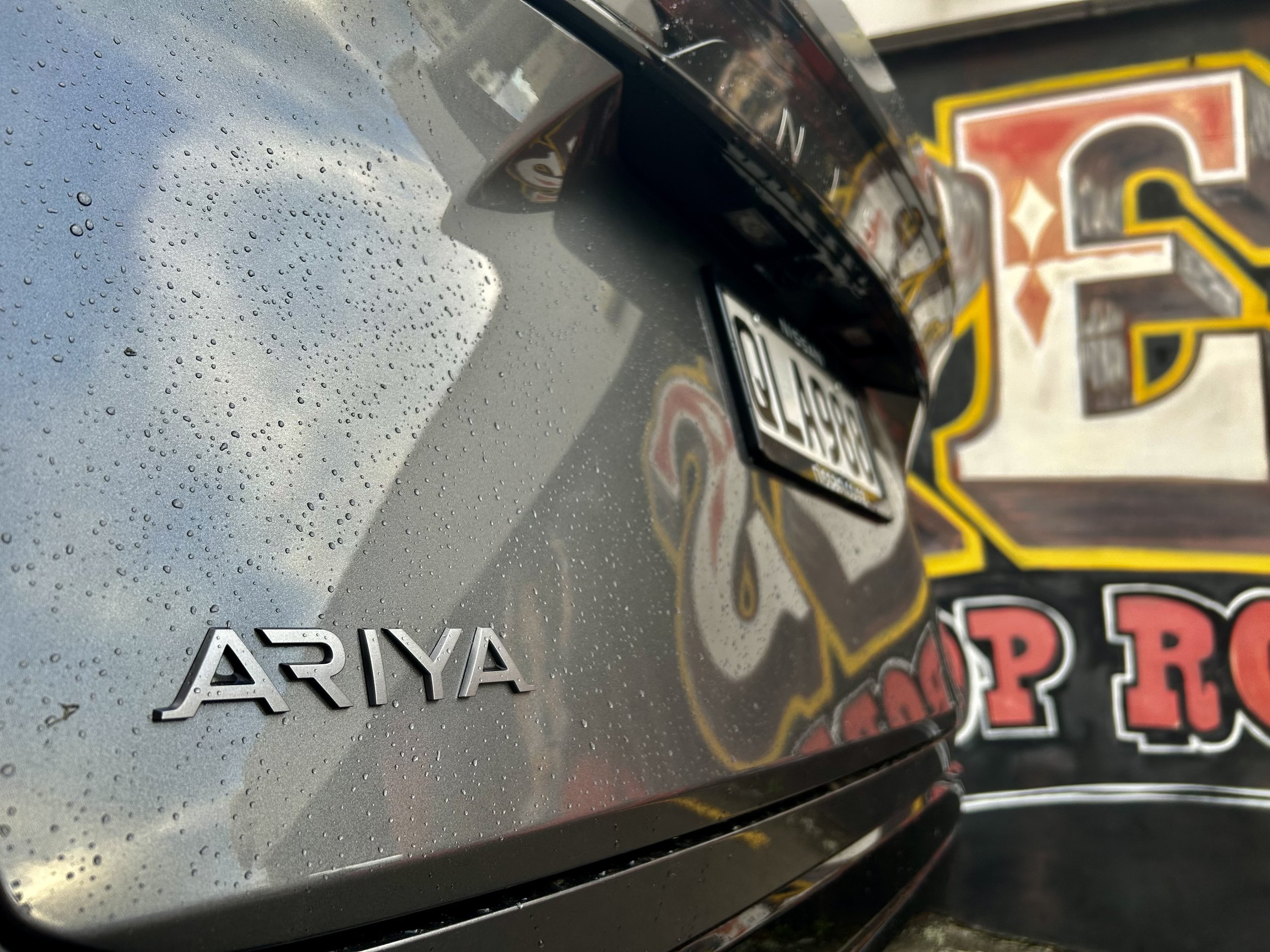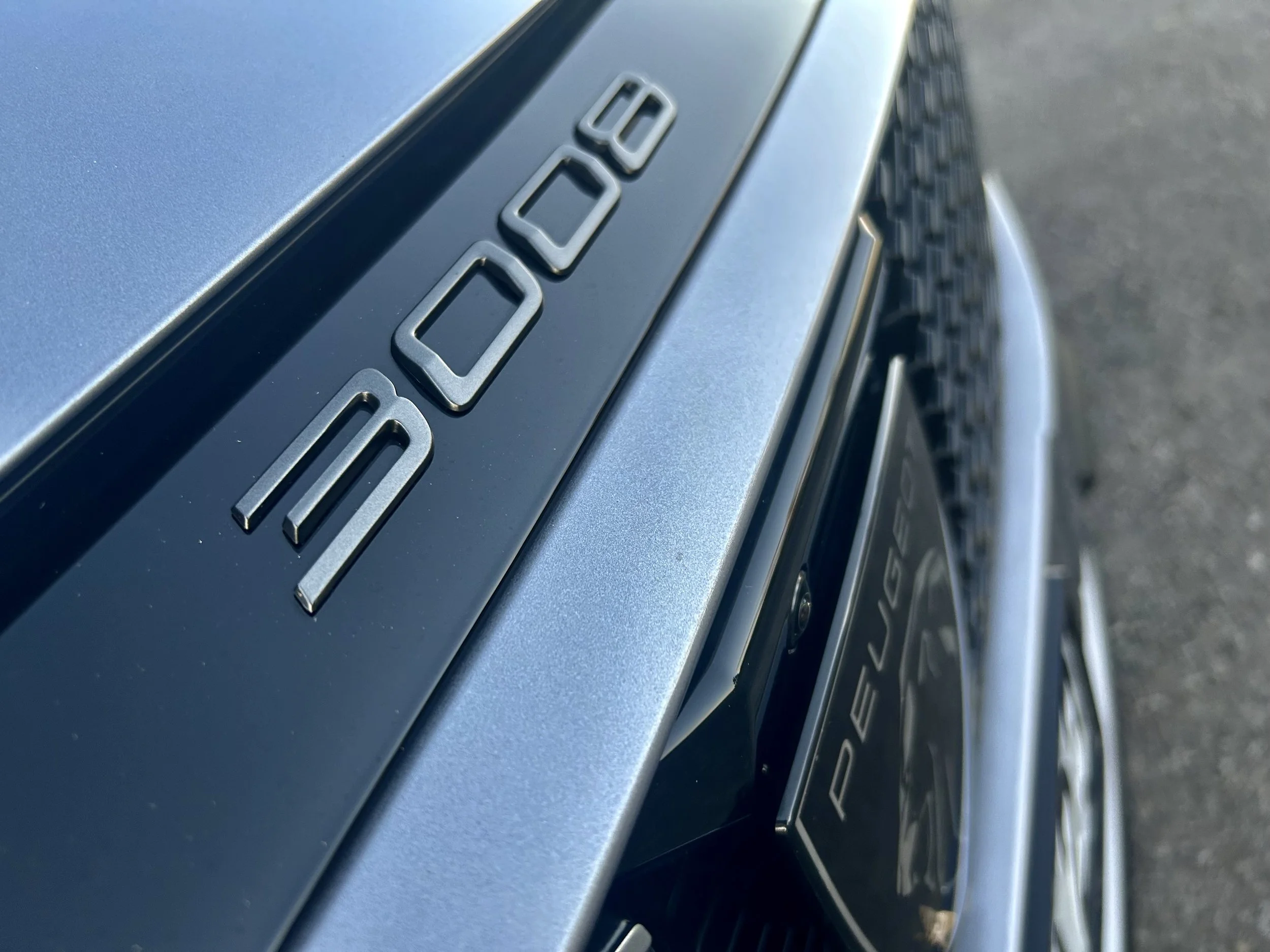Powells’ sport wagon – it looked to the future and relied on the past
/Sports utilities are now a global success story. In the 1950s’, however, they were very much an oddity – not least the Powell, a new vehicle relying on recycled parts.
THERE is little to indicate the Powell brothers, Channing and Hayward, were overly imaginative individuals - nor could they be considered visionaries.
It is most apt, perhaps, to call them ‘opportunists’. The brothers Powell were astute and successful businessmen who capitalised on a need.
It was their ability to spot profitable trends that prompted their initial automotive related venture in 1926, the production of light delivery scooters with optional sidecars for use in the increasingly urban environment of Los Angeles.
In post-World War II California, they saw opportunity in the rise of suburbia. This was the catalyst for their most ambitious venture, the production of a light duty, multipurpose utility vehicle that was inexpensive to purchase as well as to operate.
After careful deliberation, the brothers determined that the most profitable way to capitalize on what they perceived to be a lucrative niche marker was the utilisation of an existent chassis and other components.
This would enable the company to produce a light utility vehicle, with a sales price of less than $1000. To this end, the first operational prototype completed in 1952 utilised a refurbished 1940 Chevrolet sedan chassis and a Powell designed pickup truck body with fibreglass bonnet and wooden bumpers.
By the time production commenced the Powell brothers had decided the 1941 Plymouth chassis would better suite their needs. Unlike the Chevrolet these cars had an open drive shaft rather than torque tube, a more modern brake system, and independent front suspension. They also had full pressure oil systems and insert rather than babbitt bearings. Another factor was the availability of donor vehicles in wrecking yards throughout the southern California area.
The first production Powell, a “Sport Wagon” truck, like the Chevrolet Suburban, rolled from the plant in October of 1954. Almost immediately, the narrow focus on 1941 chassis expanded to include any six-cylinder Mopar through 1950 as well as industrial engines cannibalised from equipment such as forklifts.
With exception of the fibreglass bonnet and grille, and wooden bumpers and tailgates, the Powell was all steel but still weighed 200 pounds (90 kilograms) less than the standard 1941 Plymouth sedan.
The trucks stood sixty-eight inches (172cm) high, rode on 6.00x16 inch wheels and tires, and had an overall length of 168 inches (426cm). As production began in earnest the decision was made to continue using polished oak for the bumpers, and painted oak for the tailgate, on the sport wagon as well as a pick up truck.
The options list was relatively short; turn signals, chromed wheel discs and two-tone paint in combinations of white, red, green, and yellow. One of the more fascinating options was a concealed tube built into the right rear fender, running lengthwise, for carrying fishing poles and similar items. Another was an in-house built pop up camper for the pickup truck that made up for the 200-pound weight savings.
Production of Powell trucks began with the removal of bodies and the rebuild of all usable parts from the Mopar chassis including steering and suspension components. Engines were rebuilt and bench tested, and transmissions received new seals as well as replacement of worn gears. New wheel bearings were installed, and the rear differential was rebuilt.
The steel components of the Powell bodies, all built on special jigs, were then fitted to the rebuilt chassis, fiberglass components were formed and attached, new gauges were installed in the donor cars dash faceplate. Unlike with contemporary trucks, the cab and box were integral units.
The completed vehicle was rated a quarter ton truck. The originally target sales price was missed but still that base list price was $US1095, and $US1198 for the deluxe configuration. Included in this price was a 90-day or 4,000-mile warranty on all mechanical components.
Motor Trend magazine extensively road tested a Powell Sport Wagon in 1956. Their writer’s impressions were mixed but editor Walt Moron, the primary driver, felt there was merit in this niche market vehicle.
Even though sales were barely adequate to keep the limited production capabilities of the company busy, the positive response to the line of trucks and wagons led the brothers to revive ideas to produce a lightweight, small self-contained motor home. They had initially toyed with the idea shortly before WWII. Two prototypes were built in 1956 but plans for production were suspended after it was determined that building the Nomad would exceed production capacity and possibly jeopardize the truck project.
Still, in the late fall of 1956 the last Powell trucks rolled from the Compton, California plant. It was not financial instability of the company that ended production of the short-lived Powell. Nor was it a lack of sales as the company had orders for several hundred trucks when it closed its doors. It was that the supply of readably available donor vehicles was exhausted, and the company management deemed it cost prohibitive to consider another type of vehicle.
The Powell scooter was largely a local product with many sales being in the Los Angeles and San Diego area. Despite national publicity, a requirement that vehicles be picked up from the Compton factory resulted in most Powell trucks being sold to buyers in southern California and the southwest.
Powell pickup trucks and wagons were relatively scarce when new. Attrition and time have greatly thinned the ranks but those that remain stand as mute testimony to the contributions of independent thinking.
Written by Jim Hinckley of jimhinckleysamerica.com

















